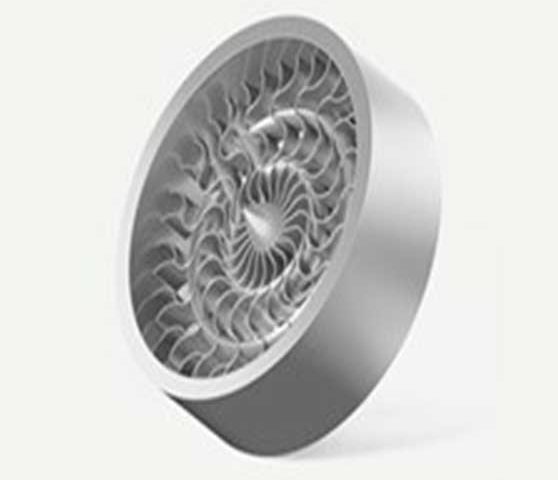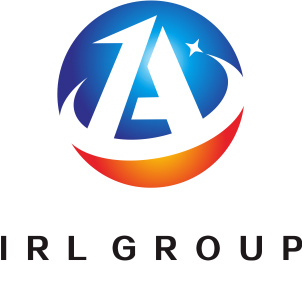Metal 3D Printing Requires New Thought Process

How to Make Your Mold Shop Stronger
May 8, 2017
5 Common Rapid CNC Machining Questions
May 9, 2017Metal 3D Printing Requires New Thought Process

As product development speeds up,the design rules are changing.Nowhere is this more apparent when looking at the industrial 3D printing process of direct metal laser sintering(DMLS).Direct metal laser sintering is an additive manufacturing technology with significant potential in the medical device space.But it requires a new way of thinking even at the early design phases.In many ways it represents the transition designers must face when looking at new technologies to make medical device design and manufacturing faster and more innovative.
There are several benefits of DMLS explains Tommy Lynch,metals project manager at Proto Labs Inc.,primarily that designers can prototype designs in unusual shapes at both time and cost savings.“DMLS is different from other 3D printing because you are using real metal.Many of these materials have been used for industrial applications for decades.”
Lynch says designers like the process because they can experiment with organic shapes that can’t be readily machined.For example,one intriguing opportunity is the ability to build implantable body parts that are custom fit to the recipient.“These implants would normally need to be delicately built on a 5-axis machine at a high expense,”he says.“Technology exists to scan a person’s actual bone structure,and print a direct DMLS replacement.”
Another opportunity is surgical tools with organic shapes.These devices may be designed for metal injection molding or casting,both of which have relatively high tooling costs and lead times that can span weeks.“We can print a prototype surgical hand tool at the exact weight and strength of the final product.In many cases,it can be in a surgeons hands within 3 to 5 days,”he says.“Traditional metal injection molding is still valuable,and will have a lower piece price at higher quantities,but it is still 6 to 12 weeks versus a couple of days.”
The attributes of time,cost savings,and design freedom are key to being able to experiment,design quickly,and see what works.For both of these types of products says Lynch,“engineers are enabled to shorten their design cycle to a matter of days,not weeks.”
But DMLS does require a shift in design thinking.“You have to think about it differently at the design phase,”says Lynch.One of the biggest adjustments is how to adapt to the introduction of internal stresses during the build process.“You are taking a room temperature metal powder,applying heat for an instant melt,followed by rapid cooling,”he explains.The rapid change causes stress at each layer of during the build process.“The part tries to curl upwards as it is building.”
The ways to minimize these unwanted effects involve identifying a part orientation that will yield most consistent cross-sectional surface area throughout the build process(deciding how the part is positioned during various phases of the build),and introducing structural supports that are created along with the part during the build.
Lynch also explains that after build,each part goes through a stress relief cycle in a furnace.This is to avoid warping of the parts after they are removed from the structural supports and build plate.When creating the build plan,one also has to consider how supports will be removed.“We have to orient parts in a way that allow support removal by hand tools,or secondary machining.”
Proto Labs provides design guidelines to its customers help identify the red flags during the design phase.Each part is evaluated for overall build feasibility,and they provide guidance for making adjustments in the design,when necessary.“When designing specifically for the DMLS,the designer should absolutely know how the piece should be oriented during build at the design phase,”says Lynch.
“At the most basic level,you can stop thinking about parting lines and tool paths.When designing for DMLS,the focus needs to shift to using as little material as possible,and incorporating self-supporting features.We have created an excellent design guide to help get new users pointed in the right direction.”
Lynch notes that Proto Labs does a lot of handholding during a clients’first build,but that once the first one is out of the way,the process gets much easier.




